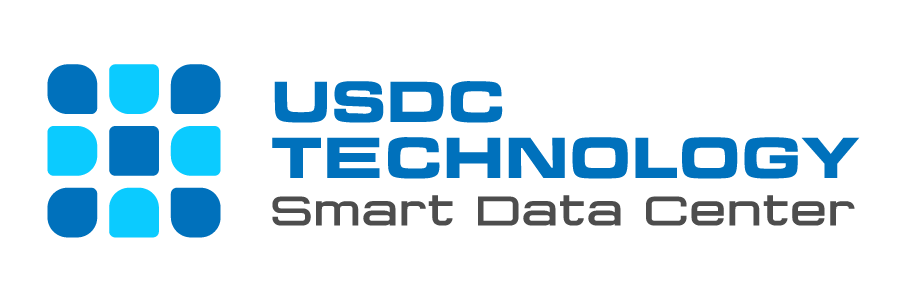What is virtualization?
– A technology that allows running multiple OS simultaneously on 1 computer. Sharing the same hardware resources and being managed by the virtualization layer (Hypervisor).
What is VMware vSphere?
– Is a product set of VMware, used to serve the needs of system virtualization.
Components and functions of vSphere.
– With VMware vSphere, administrators have many tools to use for all architectural environments ranging from several servers to thousands of servers.
VMware ESX and ESXi
– VMware ESXi Server: the main virtualization layer runs on the physical server platform (also known as Hypervisor).
– In vSphere, hypervisor includes two different forms: VMware ESX and VMware ESXi. Both of these products can support the same set of virtualization features, installed and run on hardware systems. VMware ESX and ESXi differ only in the way they are packaged.
VMware Virtual Symmetric Multi-Processing
– VMware Virtual Symmetric Multi-Processing (VSMP, or virtual SMP) allows infrastructure administrators to build virtual machines with multiple virtual processors.
– With VMware Virtual SMP, applications that require a lot of CPU usage will be able to run on virtual machines configured with multiple virtual CPUs.
VMware vCenter Server
– VMware vCenter Server is like an Active Directory. It provides a centralized management utility for all ESX / ESXi servers and their respective virtual machines.
VMware vCenter Update Manager
– It is a plug-in for Server vCenter that helps users manage ESX / ESXi servers and fully updated virtual machines.
VMware vSphere Client
– A Windows-based application that allows you to manage ESX / ESXi servers directly or via a vCenter Server.
VMware VMotion and Storage VMotion
– VMotion, also known as live migration, is a feature of ESX / ESXi and vCenter Server that allows a running virtual machine to be moved from one physical server to another without turning off the virtual machine.
VMware Distributed Resource Scheduler
– A feature that provides utility that automatically distributes resources to multiple ESX / ESXi servers configured in the same cluster.
VMware High Availability
– Provides an automatic rebooting process for the virtual machine running on an ESX / ESXi server at the time the server fails.
VMware Fault Tolerance
– A feature for those who have higher availability requirements than VMware HA can provide.
VMware Consolidated Backup
– Is a set of tools and interfaces that provides Lan-free and Lan-based backup functions for backup solutions.
VMware vShield Zones
– Provides a number of virtual networking features, and vShield Zones builds on vSphere’s virtual networking to add virtual firewall.
VMware vCenter Orchestrator
– Is a workflow automation tool and is automatically installed for vCenter Server versions.
vNetwork
– A virtual network system connects servers and virtual machines together through virtual switches (vSwitch).
vStorage
Types of storage technologies supported in VMware vSphere include the following:
– Direct Attached Storage (DAS)
– Storage Area Network (SAN)
– iSCSI SAN
– Network Attached Storage (NAS)
Visit here to read more about us:
- Hotline: (028) 7308 0708
- Fanpage: https://www.facebook.com/usdctechnology
- Website: http://usdc.vn
- Blog: https://usdc.vn/news

